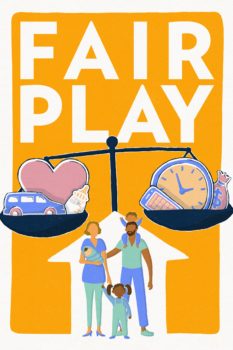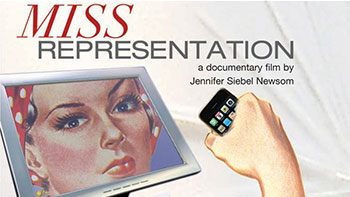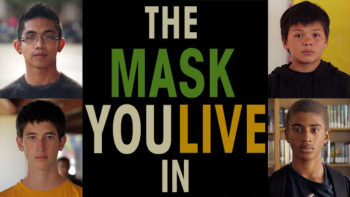by Alana Sheppard, High School Intern
In Feminist Frequency‘s latest video, Anita Sarkeesian continues the exploration of common tropes of female characters in video games that she began earlier this year.
She believes that the females in many video games are not real characters with desires, motives, and actions, but are used as plot devises in which a woman is placed in a perilous situation which she cannot escape, and must be saved by the heroic male character. Many times this token “vulnerable” and “disempowered” female is the romantic interest of the hero, which portrays a dangerous power dynamic in relationships that is seen as acceptable, normal, or even desirable. Sarkeesian then continues to explain how the “damsel in distress” can be combined with other female tropes that involve victimizing women. She brings forward the “women in refrigerator” which is a trope that often involves a women being killed, causing the hero to seek revenge on the killer. This is another typical female character that is only used to propel the hero’s development and the game’s plot.
These plots have more depictions of violence against women, and she connects the violent images in video games with domestic violence in society. She states, “when video games exploit sensationalized images of mutilated, brutalized, and victimized women over and over again, it tends to reinforce the dominant gender paradigm which casts men as aggressive and commanding and frames women as subordinate and victimized.” Although the female characters are usually the driving force of the plot, none of the plots are about their stories. Their deaths are more important than their lives.
Not only do these depictions increase harmful stereotypes of women, but they also perpetuate stigmas of masculinity. While the female’s capture or death is seen as the driving force for the male hero’s, the hidden force is his shame for failing to perform his expected duties of protecting his women and children. The plot is really a journey trying to regain the masculinity that was lost, often using violence to achieve those means. She argues that this can be harmful to men because it enforces violence as the accepted response to death or tragedy. She finishes by encouraging the audience to consider how females deaths are framed, and how or why they are written.



